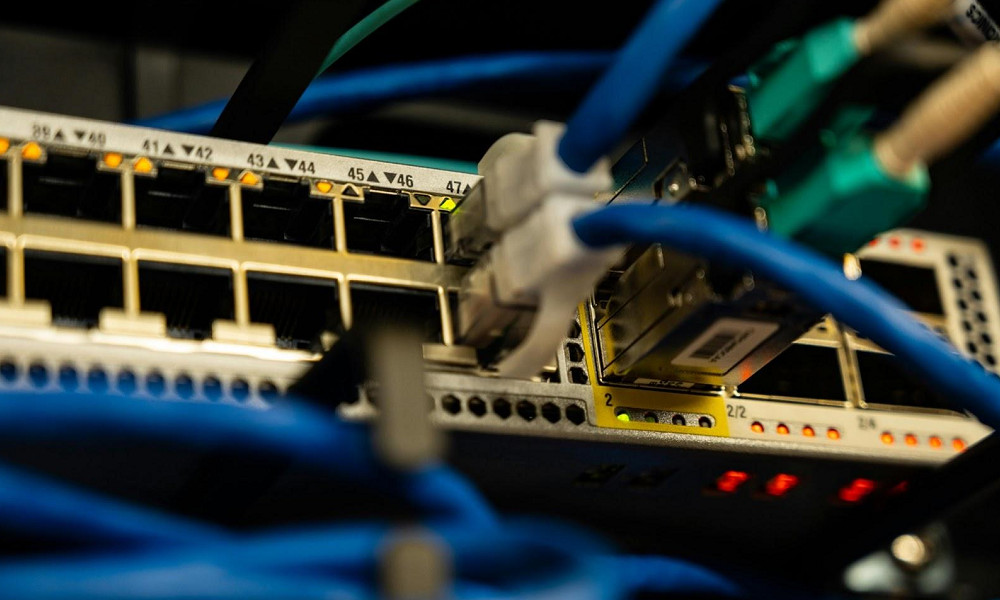Reviews
Resilient Digital Infrastructure Protects Economic Services During Outages

Outages once stopped operations entirely. One faulty update, one broken switch, and the workday went dark. This year has shown a different picture: better planning, steadier hands, and services that keep moving when parts fail.
More sectors are now putting in place systems that stay stable under pressure. The same methods are used wherever constant access matters, keeping services available even when demand is at its highest. Banks keep payment channels open during turbulent markets. Streaming platforms continue without interruption when major events draw large audiences.
Licensed gaming services keep sessions running smoothly during busy periods. Many offer straightforward sign-up steps that avoid unnecessary delays. Verified payment options and clear rules build trust for those taking part. A broad selection of games is often provided to suit different interests. For more details, you can review bonus structures and promotional offers on official, regulated sites to understand how they function in practice.
The emphasis on dependability has changed how organisations prepare and spend on their infrastructure. Key components are duplicated so that activity carries on if one part fails. Regular checks show that fallback systems work when needed, cutting the likelihood of long interruptions.
Banks, payment firms, and trading venues now design for failure. Core systems run in more than one place at once, with traffic split across sites. If one path fails, a second path takes over. Transfers clear, dashboards refresh, and the queue does not swell.
This approach reaches beyond simple backup copies. Mirror environments run continuously, with constant health checks. Routine drills prove that a cutover works before it is needed. The goal is modest and practical: short incidents, not long shutdowns.
Monitoring has become sharper and quieter. Engineers monitor latency, error rates, and unusual spikes in performance data. Small deviations are enough to trigger a switch. Most users never notice the detour, and that is the point.
Concentration risk remains the main worry. A handful of cloud providers carry much of the world’s traffic. When a single vendor stumbles, the impact travels far. The firms that ride out these moments spread workloads, keep spare capacity, and test recovery as often as releases.
Energy networks use similar methods. Utilities map weak links, replace failing parts early, and route around damage during storms. Fewer emergency callouts, faster restorations. The same discipline now guides digital operations in finance and commerce.
Regulated gaming platforms face the same challenge and respond in the same way. Platforms stay available during peak events, with sessions anchored by duplicate systems and clear fallback routes. Operators maintain steady service by making uptime a central part of daily operations.
There is an upside that goes beyond survival. Balanced systems respond faster under load. Teams spend less time fighting fires and more time improving features. Clients gain confidence when payments, orders, and account tools keep working through noise elsewhere.
Resilience is not a slogan; it is a set of small, careful choices repeated over time. Duplicate the critical pieces. Separate control planes from data paths. Keep change windows short and reversible. Measure everything that matters and act on the first hint of drift.
In practice, this is what we now see across the economy. Outages still happen, but they spread less and heal faster. Markets open on time. Merchants settle funds. Media sites publish through the night. The work carries on because the groundwork was done.
The next steps are straightforward. More geographic spread. Independent failover for identity, storage, and networking. Regular game-day tests that involve real traffic. None of it is flashy. All of it protects revenue, reputation, and trust when systems are under strain.
That preparation benefits workers and customers alike. It keeps payrolls on time, orders moving, and support lines calm when headlines turn noisy. The approach is straightforward: plan for disruptions, test recovery procedures, and keep service running.

-

 World1 week ago
World1 week agoEthiopian volcano erupts for first time in thousands of years
-

 Health2 days ago
Health2 days ago8 kittens die of H5N1 bird flu in the Netherlands
-

 Legal7 days ago
Legal7 days agoUtah Amber Alert: Jessika Francisco abducted by sex offender in Ogden
-

 US News6 days ago
US News6 days agoExplosion destroys home in Oakland, Maine; at least 1 injured
-

 Health6 days ago
Health6 days agoMexico’s September human bird flu case confirmed as H5N2
-

 Legal3 days ago
Legal3 days ago15 people shot, 4 killed, at birthday party in Stockton, California
-

 World7 days ago
World7 days agoWoman killed, man seriously injured in shark attack on Australia’s NSW coast
-

 Health6 days ago
Health6 days agoMarburg outbreak in Ethiopia rises to 12 cases and 8 deaths




